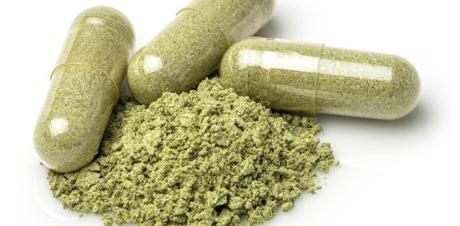
On the weekend, Western Australian man Matthew Whitby was given two weeks to live after taking a popular weight-loss protein powder, which contained a myriad of ingredients, such as Green Tea Extract (GTE) and Garcinia cambogia. Although this man’s doctors say the most likely culprit was the GTE, with so many other ingredients present in the product, in my humble opinion, causation seems difficult to determine.
What does the evidence suggest?
One meta-analysis reported borderline significance in showing green tea was preventative in reducing the risk of developing primary liver cancer (Fon Sing et al, 2011). Furthermore, a systemic review of 10 studies showed that increased green tea consumption is associated with a reduced risk of liver disease (Jin et al 2008). I must emphasize that these studies looked predominantly at green tea consumption, not GTE in supplemental form.
Regarding GTE dose, the product Mr Whitby was taking contained 175mg of GTE per serve. I’m unsure of how many serves per day he was having, but I have a sneaking suspicion it was more than one. Looking to the research, one clinical trial showed there was an absence of any severe adverse reactions when 15 green tea tablets were taken each day, equivalent to 2.25g of GTE (Fujiki et al, 1999). Furthermore, a placebo-controlled study with healthy men taking six capsules of GTE daily (714mg per day) for three weeks, there were no significant changes in liver function (Frank et al, 2009).
Keep in mind…
Although there have been rare idiosyncratic reports of altered liver function with consumption of green tea, in these cases, it was difficult to prove a causal relationship between GTE and hepatotoxicity (liver toxicity) (Schonthal, 2011). The US Pharmacopeia have also concluded that although caution is advised, when dietary supplements are formulated and manufactured appropriately, from quality sources, there are no significant safely issues with green tea (Sarma et al, 2008).
In addition to this, although there needs to be investigation into this product, I wonder how many people know that in Australia and New Zealand, paracetamol overdose (secondary to medication errors) is the leading cause of pediatric acute liver failure? Interestingly, in the USA, paracetamol toxicity has replaced viral hepatitis as the most common cause of acute hepatic failure and is the second most common cause of liver failure requiring transplantation. Much like GTE, paracetamol has an good safety profile when administered in proper therapeutic doses, but hepatotoxicity can occur with misuse and overdose. To me, it seems far more likely for someone to misuse paracetamol then GTE due to the widespread availability of the drug.
Bottom line
This case reiterates the need for consultation with a properly trained Naturopath or Herbalist regarding the use of potent plant-based extracts. It also highlights that just because something is marketed as ‘natural’, it may be far from it. A cup of green tea is obviously vastly different to a fat-burning protein powder containing ‘green tea’!
Further research of course needed to add to our understanding of the safety profile of GTE. If in doubt, I always recommend you stay as close to the natural source as possible, as this is where the true benefits lie! As with everything, more is not always better, and the dose will determine the response.
Until next time,
Stacey.
